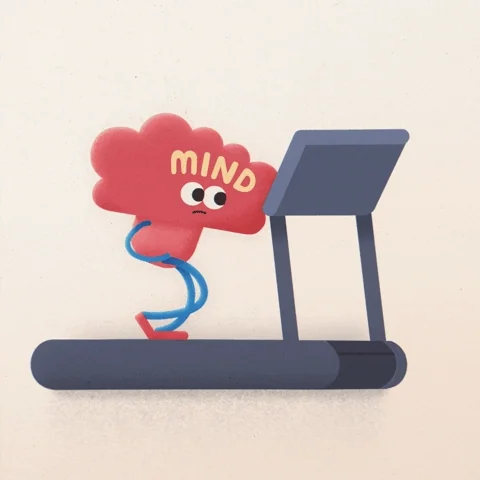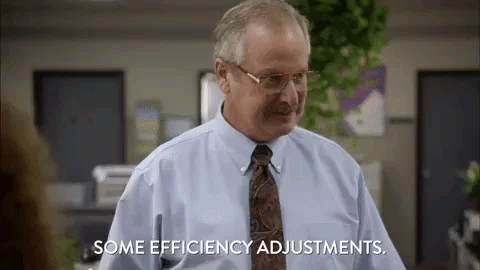
Ever feel like there's never enough time in the day? Tasks pile up, priorities shift, and you end the day exhausted but without a sense of progress.
Regain control with timeboxing— assign time slots to tasks, stay focused, and achieve more. Start owning your time today!
Why timeboxing?
Avoid procrastination by setting clear deadlines.
Stay focused and channel your energy to deep, meaningful work.
Build a sense of ownership over your time and tasks.
Step 1: Prioritize Your Tasks
Start by listing out everything you need to do. Next, you will want to put on your "picky hat" and be super selective. Prioritize your tasks by their complexity, impact, and deadline.
Below are three proven strategies you can use:
Eat the Frog
The “Eat the Frog” method comes from a quote often attributed to Mark Twain, “If it’s your job to eat a frog, it’s best to do it first thing in the morning. And if it’s your job to eat two frogs, it’s best to eat the biggest one first.”
Tackle the hardest and the most complex task first. This helps you focus when your energy is highest and gives you a sense of accomplishment that carries through the rest of the day.
Eisenhower Matrix
Assess your tasks by importance and urgency. Assign them to the four quadrants for better clarity and decision-making.
Check out our Byte series on the Eisenwhower Matrix for a variety of situations.
Fill the Jar
Imagine you have to fill a jar with a bunch of golf balls, beads, and sands. In what order can you fit everything in the jar?
The golf balls represent big, important tasks that matter most in your life (like career goals, health, or relationships).
The beads are smaller, but still important tasks (like daily responsibilities, work projects, or hobbies).
The sand is the little stuff like minor tasks, distractions, or time-wasters.
If you start by filling the jar with sand, there won’t be room for the golf balls. But if you put the golf balls in first, then the beads, and finally the sand, everything fits.
Prioritize big-impact tasks first in your daily life, then fit in the smaller things around them.
Step 2: Break it Down to Focus Times
Break down the prioritized task into small, actionable, and achievable action items. Estimate how much time is required for each item, and book them on your calendar.

Set clear, realistic goals for each task and ensure they can be completed in short periods.
Schedule dedicated time blocks for each task and include 5-minute breaks every 25-30 minutes to restore focus. Try the proven Pomodoro Technique to get a head start.
Be mindful of your energy levels and past performance, setting achievable goals without overcommitting. Leave some flexibility in your schedule for unexpected delays or roadblocks.
Quiz
McCaila needs to complete her essay in just two days. Which options will help her manage her time effectively? Select all that apply:
Step 3: Stay Focused to Maximize Timeboxing

Picture your brain as a cartoon character named "Mind" running on a treadmill, working hard to stay focused. That’s what happens when your brain stays on track with purpose. Focus is the key to turning timeboxing into success. Without it, even the best plans can fail.
How to stay focused:
Set a timer: Set a simple timer to maintain focused during work intervals.
Eliminate distractions: Turn off phone notifications or put your phone in another room when you can still here the timer. Set a dedicated desk or space with minimum noise and distractions.
Take pre-scheduled breaks: Work for 25 or 30 minutes, then take a 5-minute break. Stand up, stretch, or take a quick walk or jumping jack to refresh your mind.
 McCaila has two days to complete her essay, including research, drafting, and editing. She is deciding how to schedule her work. Which focus cycle works best for this task?
McCaila has two days to complete her essay, including research, drafting, and editing. She is deciding how to schedule her work. Which focus cycle works best for this task?
A. Work for 5 hours straight on Saturday, then take Sunday off.
B. Work in 90-minute blocks with 15-minute breaks, splitting research, writing, and editing across both days.
C. Spend Saturday reading and taking notes, then write everything on Sunday.
D. Start writing immediately and research only when needed.
Quiz
Which focus cycle works best for this task?
Step 4: Review and Refine
Give yourself a pat on the back when you complete tasks with assigned time slots. Let's take a moment to reflect on what worked well and what didn't. Goal is to get better outcomes next time.

1. Reflect and evaluate: Regularly assess what worked and what didn’t, using tools like digital note-taking apps to track your progress and identify effective tactics.
2. Seek feedback: Gather insights from personal experiences, colleagues, or mentors to better understand your habits and results.
3. Refine and adjust: Apply feedback, make small adjustments, and test new techniques to continually improve your approach and productivity.
Questions to ask yourself:
Did I complete my tasks on time?
Which tasks took longer than expected? List out the causes.
How can I adjust my schedule to make it more realistic?
How am I aligning my daily tasks with my long-term goals?
Take Action

Motivation gets you started. Consistency keeps you going. Stick to your time-boxed schedules, and regularly revise them to match your work style. Stay consistent, and you’ll see the impact grow over time.
Give this online timer a try with your schedule today! Don't miss these helpful time management Bytes:
Your feedback matters to us.
This Byte helped me better understand the topic.
